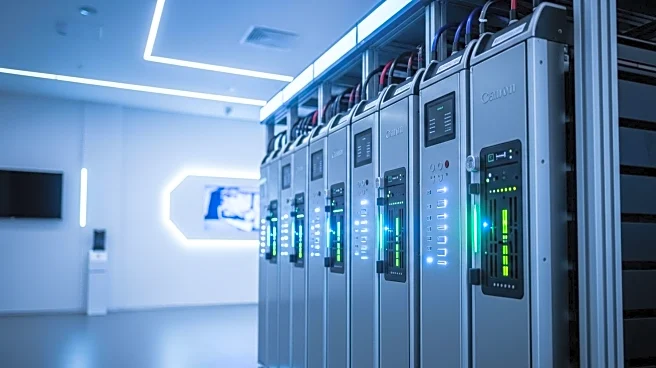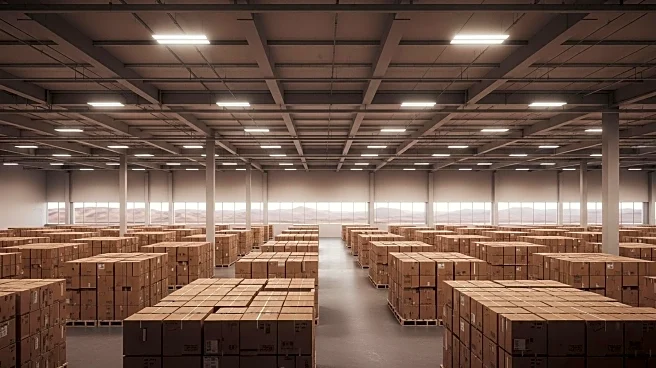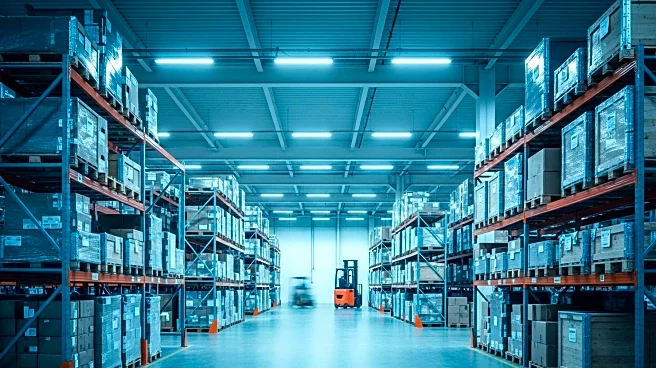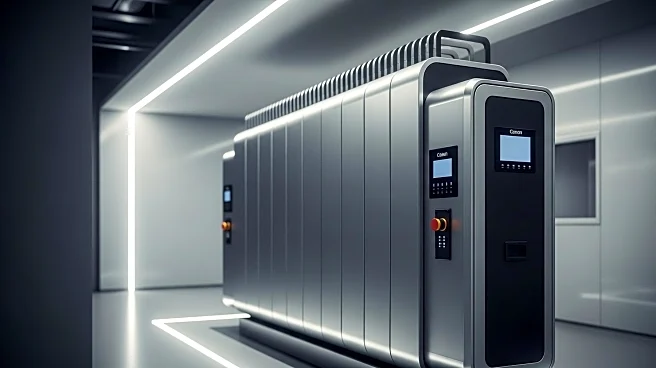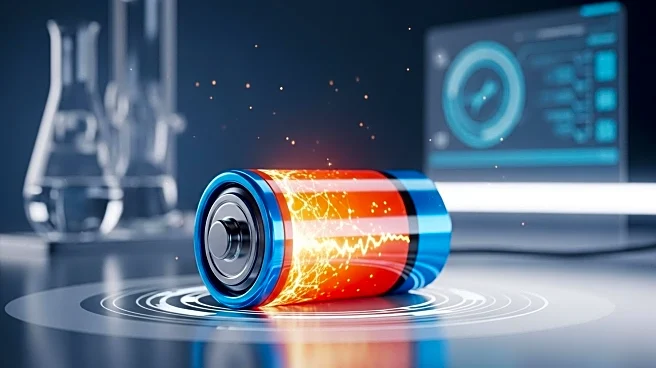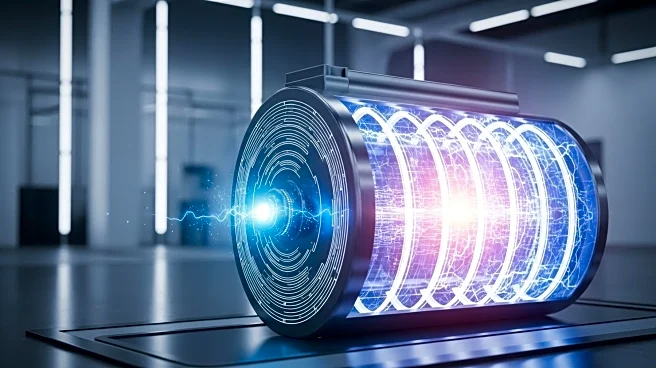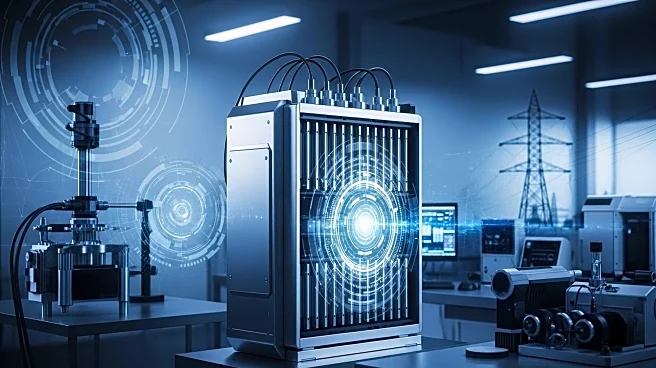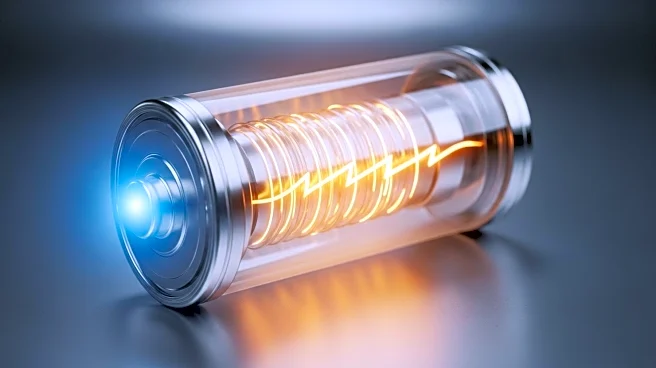What is the story about?
What's Happening?
Salt River Project (SRP) has announced a partnership with ESS Tech to introduce a 5-MW/50-MWh iron flow battery system. This initiative is part of a pilot project aimed at expanding long-duration energy storage capabilities. The battery, which utilizes a combination of iron, salt, and water, is set to be installed at SRP's Copper Crossing Energy and Research Center in Florence, Arizona. The project is expected to be operational by December 2027, with design and manufacturing commencing in 2026. SRP plans to double its generating resources over the next decade to meet the growing energy demand in the Phoenix metropolitan area.
Why It's Important?
The collaboration between SRP and ESS Tech is significant as it addresses the increasing energy demands in the rapidly growing Phoenix metropolitan area. By expanding its energy storage capabilities, SRP aims to enhance grid reliability and support the integration of renewable energy sources. The use of iron flow battery technology, which is composed of over 90% domestic content, represents a shift towards sustainable and locally sourced energy solutions. This development could set a precedent for other utilities seeking to adopt long-duration energy storage technologies to meet future energy needs.
What's Next?
As the project progresses, SRP and ESS Tech will work with the Electric Power Research Institute to monitor the performance data of the iron flow battery system. This collaboration will provide valuable insights into the efficacy of long-duration energy storage technologies in real-world conditions. The success of this pilot project could lead to further investments in similar technologies, potentially influencing energy storage strategies across the U.S. utility sector.
Beyond the Headlines
The introduction of iron flow battery technology highlights the growing importance of sustainable energy solutions in addressing climate change and energy security. By investing in innovative storage technologies, SRP is contributing to the broader transition towards a cleaner energy future. This project also underscores the role of domestic manufacturing in supporting energy infrastructure, which could have positive economic implications for local industries.
AI Generated Content
Do you find this article useful?
